If you’re looking for diverse flora and fauna, these biodiverse countries should top your list. Biodiversity is the measure of the number of different species found in a specific area. Bigger countries have a biodiversity advantage since they offer more space for species to live and often contain multiple ecosystems. As a result, few small countries make the list of the most biodiverse countries.
However, if you look at the world’s most biodiverse countries in comparison to land mass, there are some impressively diverse small countries. For example, New Caledonia has a land area of just 7,172 square miles but is home to 2% of the world’s total diversity. Ecuador and Belize each have 2.2% of the world’s biodiversity in just 8,124 and 8,867 square miles respectively.
With that in mind, Let’s take a look at the most biodiverse countries and how they rank.
30. Mozambique
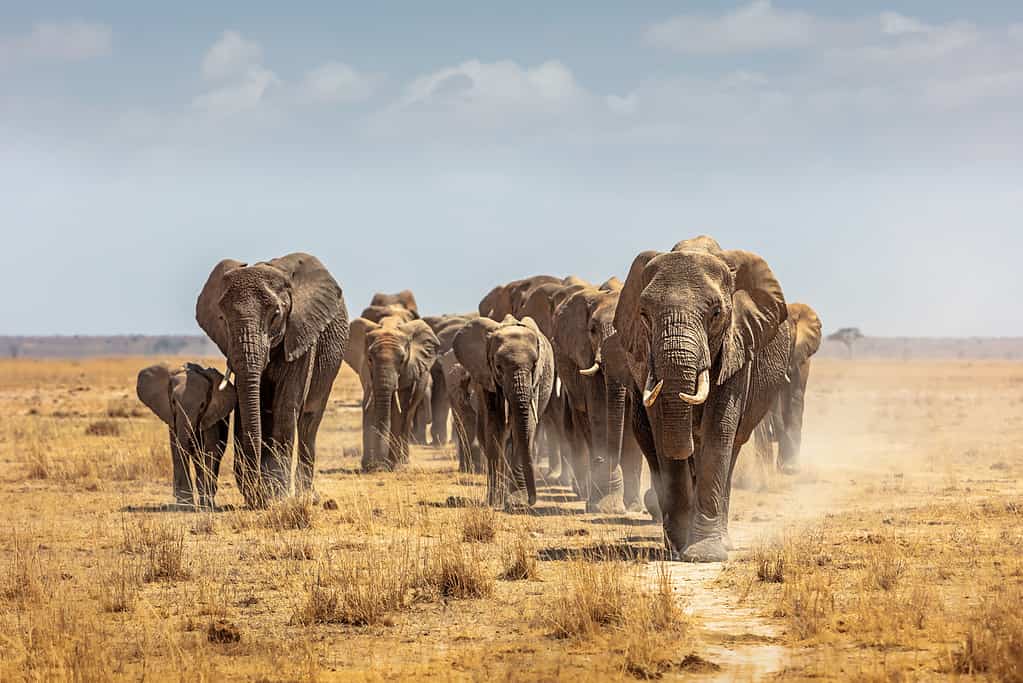
African
elephants
are native to Mozambique.
©adogslifephoto/iStock / Getty Images Plus via Getty Images
This African country is home to nearly 4,300 terrestrial wildlife species and over 6,000 plant species. Mozambique has 3,075 different species of insects, 726 avian species, 171 reptiles, and 85 types of amphibians.
29. Angola

The giant sable
antelope
is the national symbol of Angola.
©iStock.com/Shams
Twice the size of France, Angola is a large country and has some of the richest biodiversity in Africa. Angola has over 7,300 plant taxa and the number is still growing: 67 new flora species were discovered in Angola in 2022.
28. Madagascar

Lemurs are endemic to Madagascar.
©mirecca/iStock via Getty Images
The island nation of Madagascar is home to some very unique biodiversity. An estimated 82% of the county’s 12,000 vascular plant species are endemic to the country. In total, 5% of the world’s biodiversity is found in Madagascar. The country is home to all of this biodiversity despite only encompassing 0.4% of the planet’s landmass.
27. Costa Rica

Squirrel
monkeys are one of four monkey species in Costa Rica.
©Wirestock Creators/Shutterstock.com
Costa Rica accounts for only 0.03 percent of the earth’s surface but contains nearly 6% of the world’s biodiversity. The country is home to half a million species. The country has 12 different ecosystems, including cloud forests, mangroves, mountains (and volcanoes!), wetlands, coral reefs, and tropical forests.
26. Japan
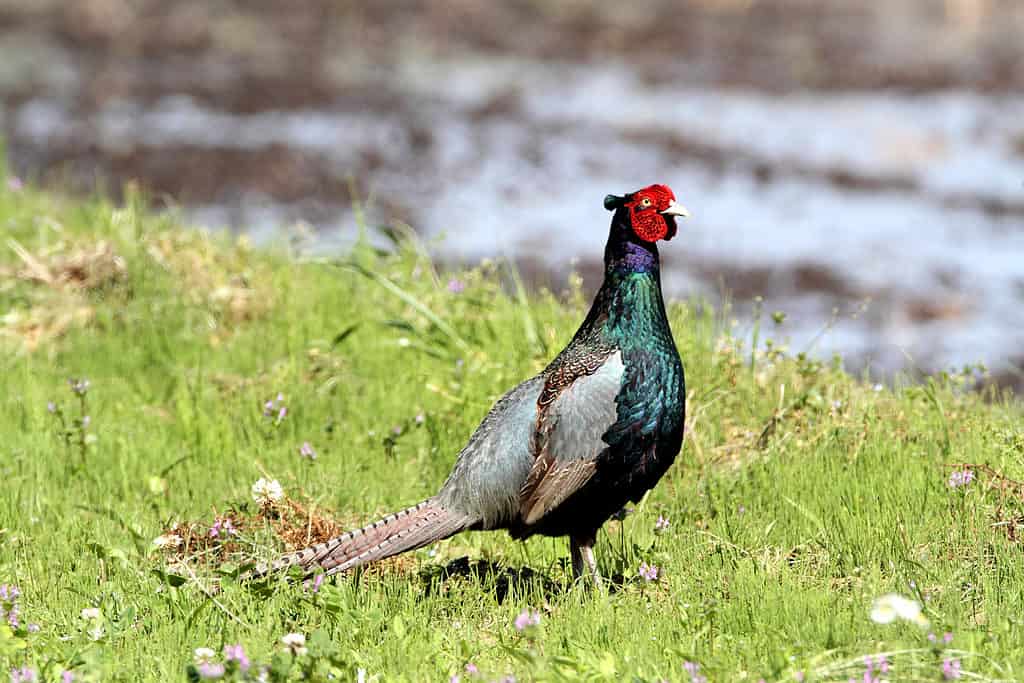
The green
pheasant
is Japan’s national bird.
©N.Sakamoto/Shutterstock.com
The island nation of Japan is home to an estimated 90,000 known species, including approximately 5,600 vascular plant species. Many of the country’s species are endemic. Unfortunately, the number of species designated as threatened or endangered continues to rise year over year.
25. Cameroon

The Cameroonian national football team is known as the Mighty Lions.
©Gray Aletter/Shutterstock.com
Cameroon has many diverse ecosystems (and contains 92% of Africa’s ecosystems). These ecosystems are home to a wide array of biodiversity, including an estimated 9,000 plant species, 850 bird species, 400 types of mammals, and 190 species of amphibians.
24. Panama

Panamanian golden frogs are critically endangered.
©K Hanley CHDPhoto/Shutterstock.com
Nestled in Central America, Panama houses over 250 mammal species, 972 indigenous species of bird, and 10,400 types of plants. This is impressive considering the country is smaller than South Carolina.
23. Kenya
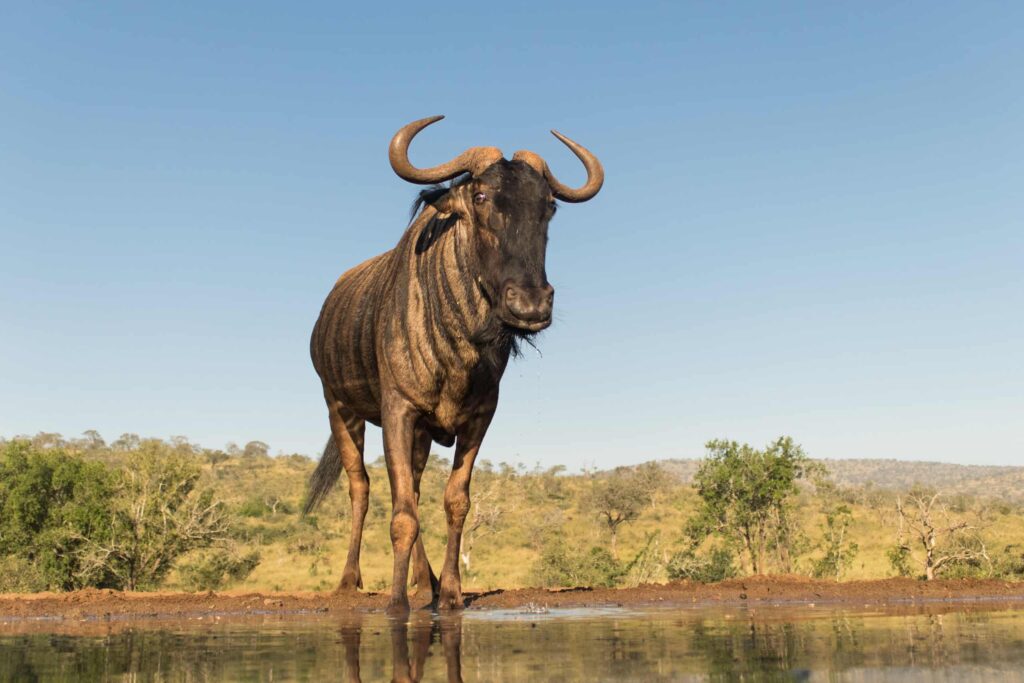
The blue
wildebeest
is a member of the antelope family.
©iStock.com/Anna-Carina Nagel
Approximately 7,000 plant species and 25,000 animals live within Kenya’s borders. It is also home to over 2,000 fungi and bacteria species. Kenya has numerous ecosystems including grasslands, semi-arid scrubland, coastal and marine ecosystems, and mountain forests.
22. Philippines
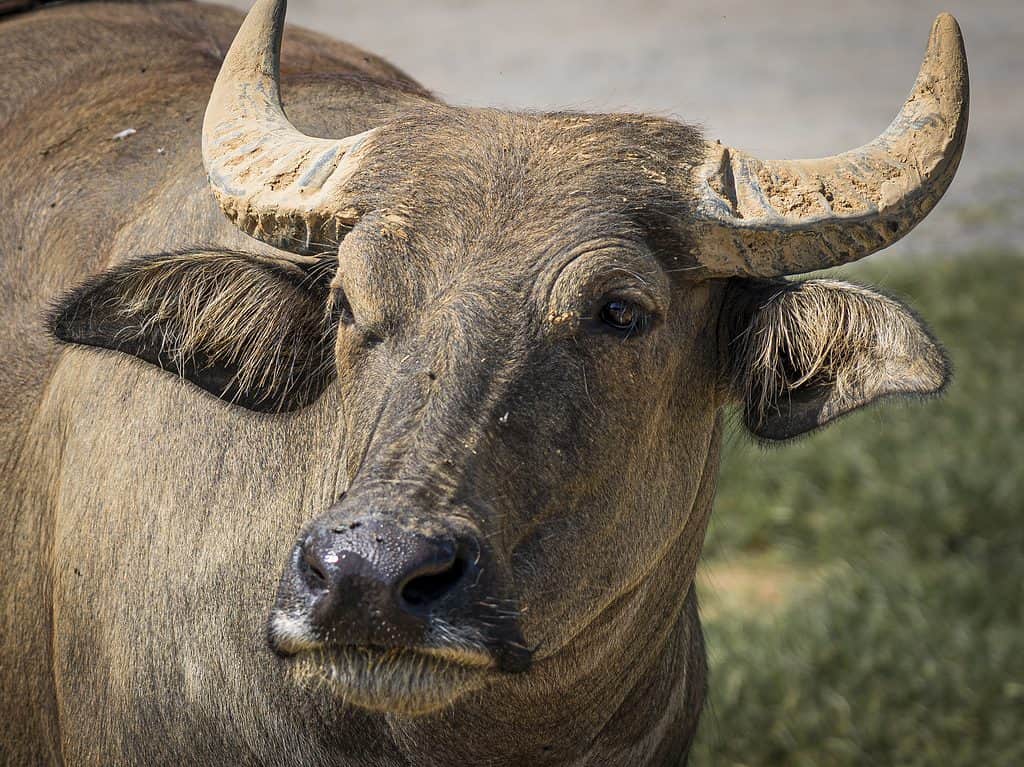
The carabao is a national symbol of the Philippines.
©Wirestock Creators/Shutterstock.com
One of the top 10 countries for endemic species, the Philippines is home to more than 52,177 species, nearly half of which are endemic. While the country is only around the size of Arizona, its diverse ecosystems are home to tens of thousands more animals than the U.S. state.
21. Argentina

The rufous hornero is Argentina’s national bird.
©Claudio Xavier/Shutterstock.com
Deforestation and pollution are threatening Argentina’s biodiversity. However, it is still home to over 10,000 vascular plant species, 1,000 species of birds, 375 reptiles, and over 300 mammal species within its 18 ecoregions.
20. Democratic Republic of the Congo
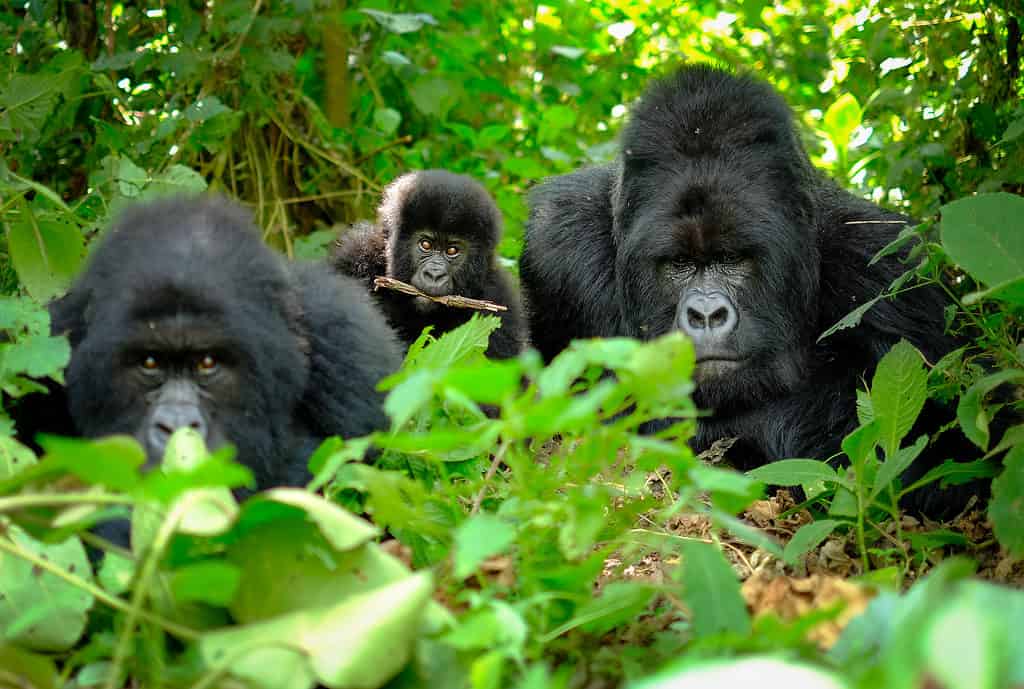
Gorillas are the biggest primate on earth.
©Marian Galovic/Shutterstock.com
Approximately 60% of the DRC is composed of lowland tropical forests. The country’s ecosystems are home to over 15,000 plant species, 450 mammals, 1,150 birds, and 400 fish species. Many of the country’s animals, such as the lowland mountain gorilla and forest elephants, are endangered.
19. Myanmar

The peacock was once the central emblem of Myanmar’s flag.
©Evgeny Sergeev/iStock via Getty Images
Inching inside the top 20 most biodiverse countries is Myanmar. Located in western mainland Southeast Asia, the country has over 11,800 vascular plant species, 775 fish, 1,056 birds, and 252 mammal species.
18. Thailand

Elephants are Thailand’s national animal.
©Nuttaya Maneekhot/Shutterstock.com
Another Southeast Asian country, Thailand is rife with biodiversity. Home to over 15,000 plant species (around 8% of the world’s total), the country comprises 6-10% of the world’s total known flora and fauna species.
17. Tanzania
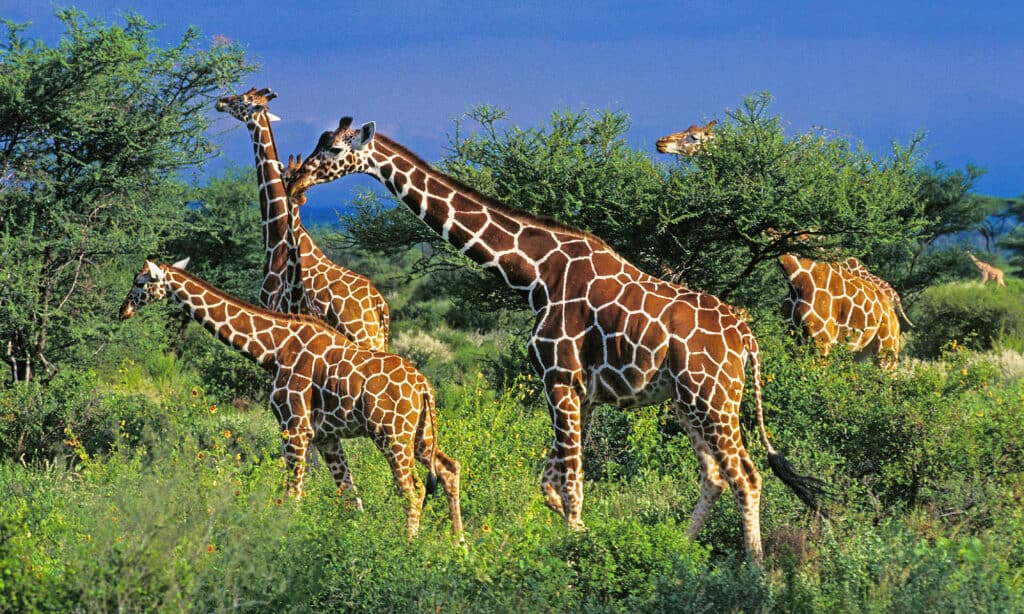
Tanzania’s national animal is the
giraffe
.
©iStock.com/slowmotiongli
With over 55,000 confirmed species, Tanzania is no slouch in biodiversity. Tanzania has 20% of Africa’s large mammal species. It is one of the top five African countries that are collectively home to more than a third of the total plant species in the world.
16. Malaysia
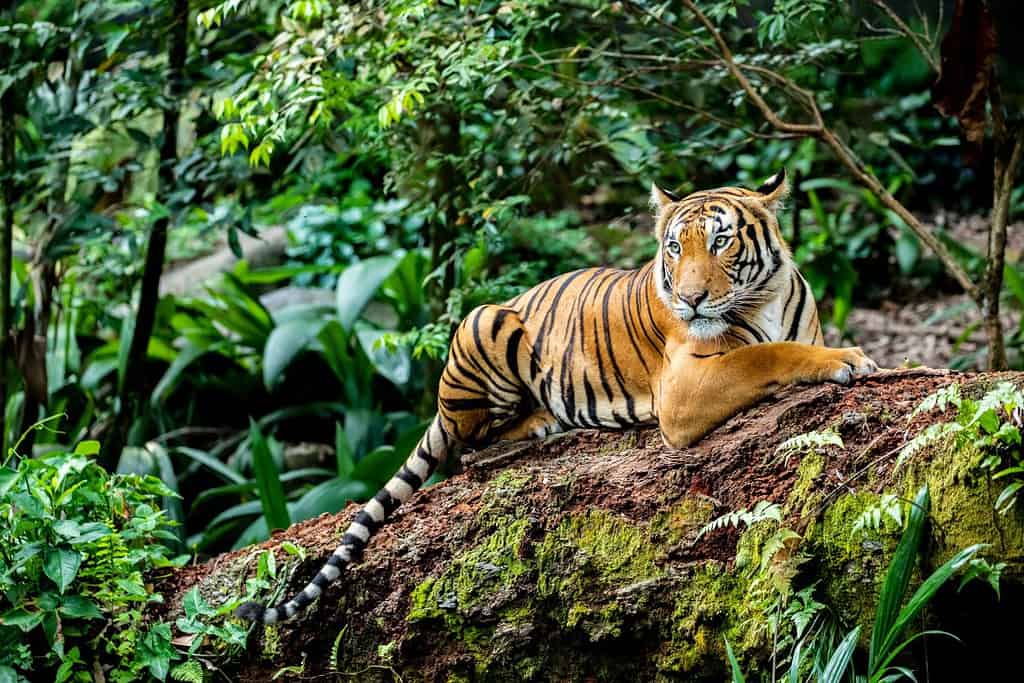
The Malayan
tiger
is only found in Malaysia.
©Danny Ye/Shutterstock.com
Fifteen thousand plant species (including 2,700 endemic species) can be found in Malaysia, along with 306 mammal species, 742 species of birds, and 567 reptile species.
15. Vietnam

Vietnam’s national animal is the
water buffalo
.
©Victor Suarez Naranjo/Shutterstock.com
This Southeast Asian country is home to more than 10,000 animal species and 15,900 species of plants. It is also said to have the most marine biodiversity on the planet, with over 11,000 marine species.
14. Bolivia

The Goeldi monkey lives in the Amazon in Bolivia.
©Maria Teresa Tovar Romero/iStock via Getty Images
Bolivia has a wide variety of ecoregions home to an even wider variety of plants and animals. While Bolivia covers only 0.2% of the world’s landmass, it has a remarkable amount of diversity.
13. Papua New Guinea
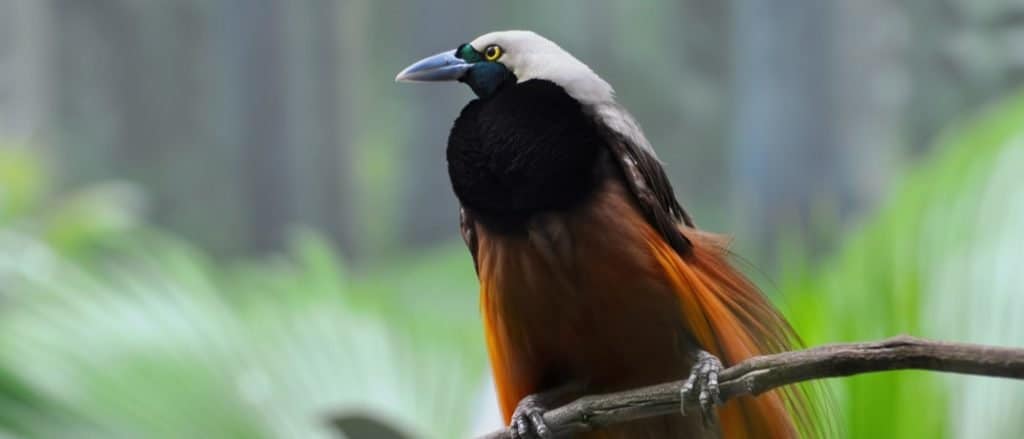
The bird-of-paradise is on PNG’s national emblem.
©David Carillet/Shutterstock.com
Nearly 19,000 plant species and 150,000 species of insects call Papua New Guinea home. With over 700 species of mammals and birds each, as well as over 200 species of reptiles and amphibians, PNG is a biodiversity hotspot.
12. South Africa
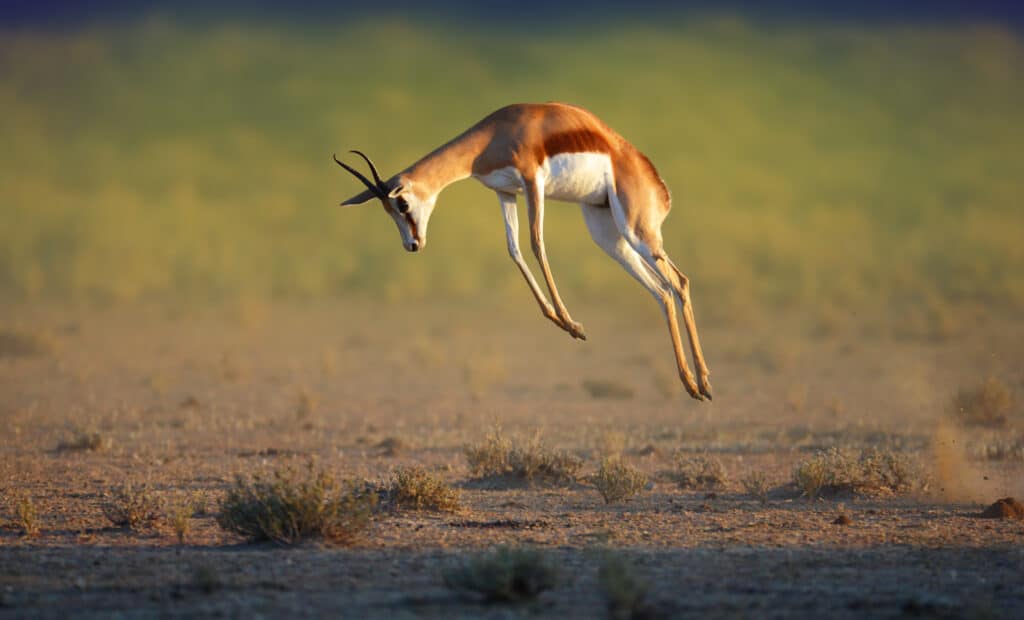
Springbok
can jump over 10 feet straight up.
©Johan Swanepoel/Shutterstock.com
South Africa is said to be the most biodiverse country in Africa. It is home to an estimated 250,000-1 million species. It has 8% of the world’s bird species, 5.8% of the world’s mammals, and 16% of the world’s saltwater fish.
11. Venezuela

The troupial is Venezuela’s national bird.
©Gerald A. Deboer/Shutterstock.com
More than 16,000 plant species, 1,400 birds, 2,000 fish, and 350 mammals call Venezuela home. The country has one of the highest bird biodiversity rates in the world.
10. United States
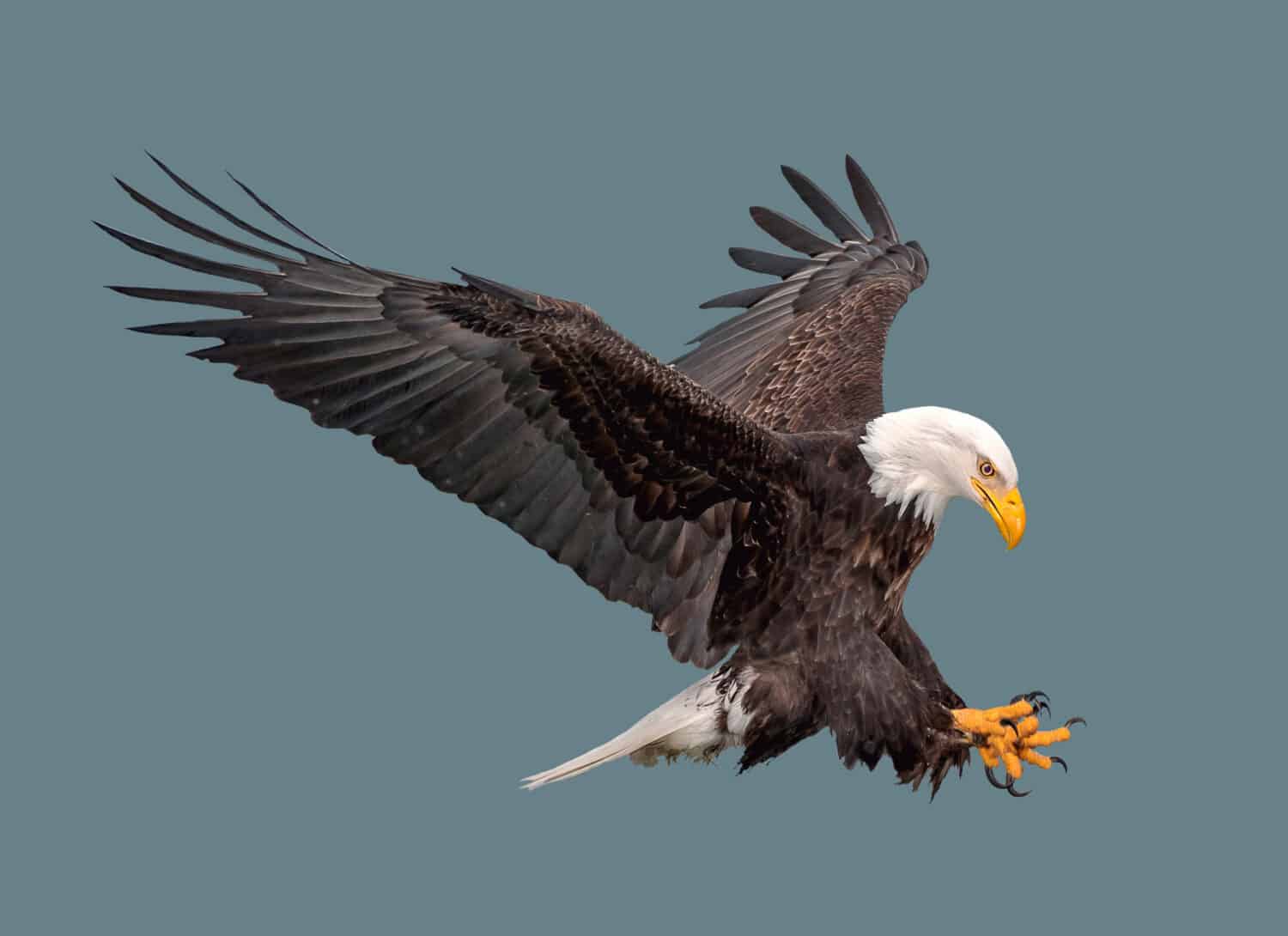
The bald eagle beat out the turkey to be the national bird.
©PHOTOOBJECT/Shutterstock.com
The U.S. is home to more than 100,000 native species. This makes up around 13% of total worldwide diversity. With a total land area of 3.8 million square miles, it comes as no surprise that so many species can be found here.
9. Ecuador
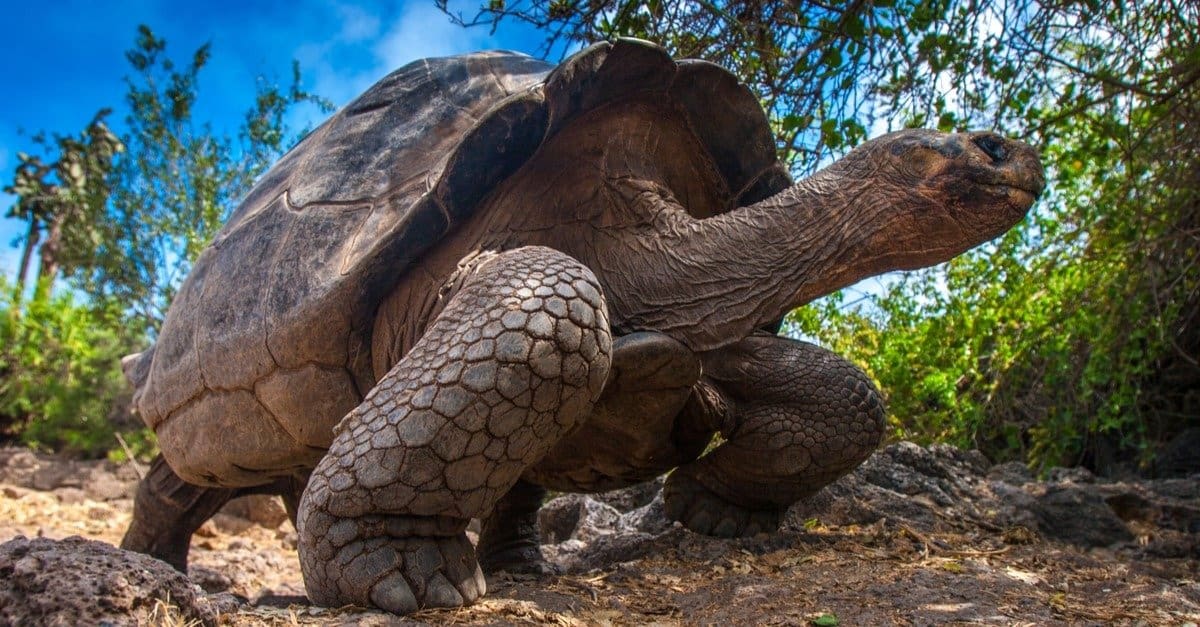
The Galapagos Islands are part of Ecuador and home to the Galapagos
tortoise
.
©FOTOGRIN/Shutterstock.com
Despite being a smaller country, Ecuador has 10% of the world’s plant species, including approximately 5,000 orchid species. Over 6% of all the world’s species can be found in Ecuador, including 1,684 bird species.
8. India
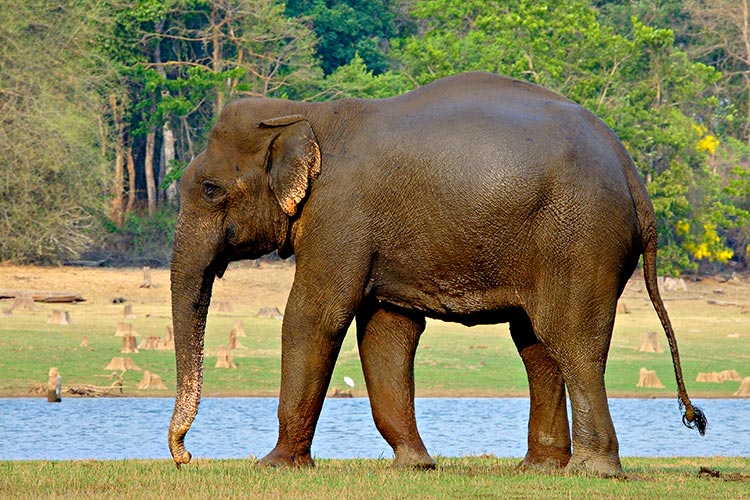
The country is home to some of the 26,000-30,000 Indian elephants remaining in the wild.
India has 1.3 billion people and 8% of the planet’s recorded species. The country has over 45,000 plant species (including nearly half the world’s aquatic plants) and 96,000 species of animals.
7. Australia

The Australian national soccer team is nicknamed the “Socceroos” after the
kangaroo
.
©FairFoto/Shutterstock.com
Home to the iconic kangaroo, Australia is also full of 600,000-700,000 other species. Within these numbers are half of the world’s marsupial species and over 98,700 invertebrate species.
6. Mexico
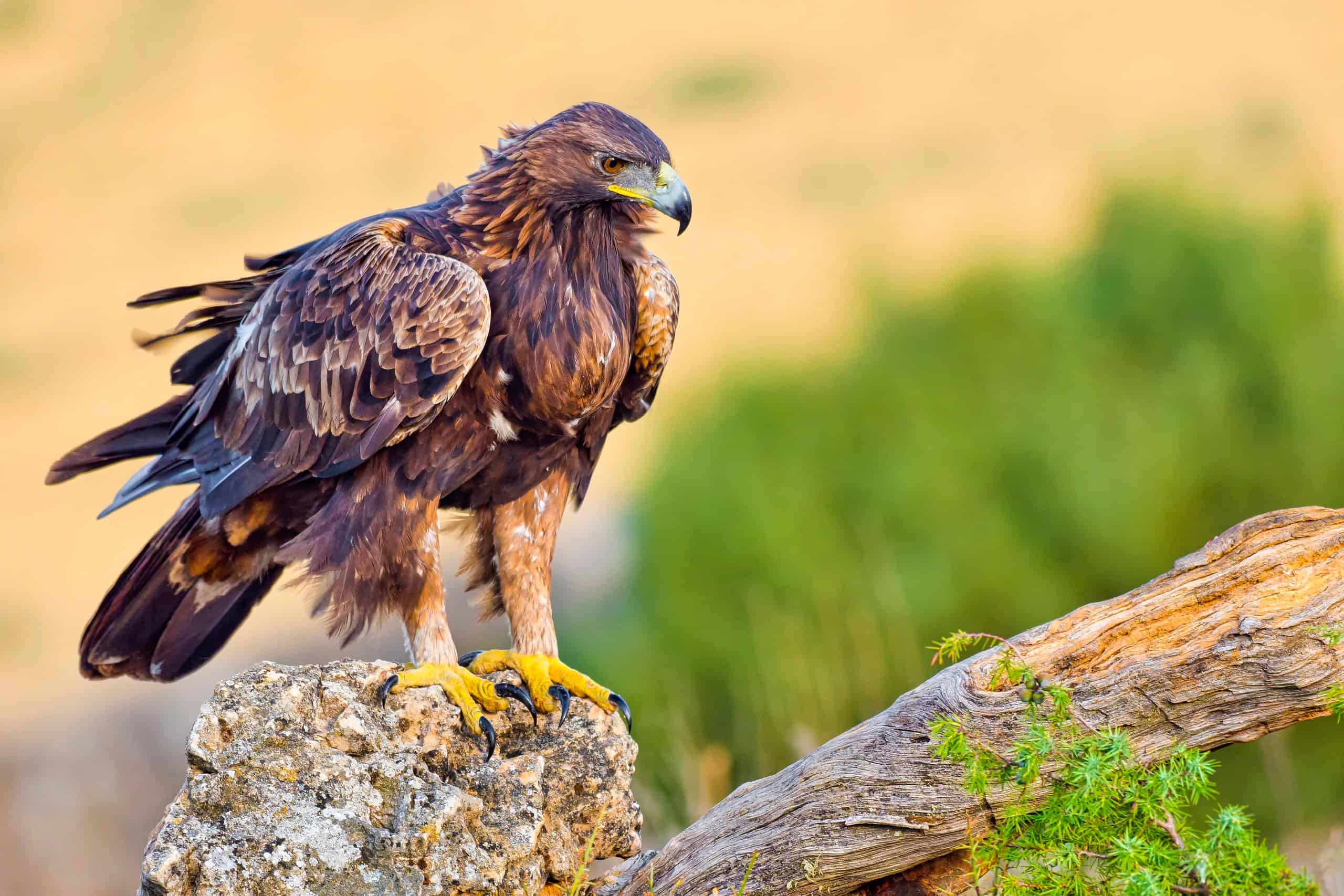
The golden eagle is pictured on Mexico’s flag.
©Al Carrera/Shutterstock.com
Mexico may be sixth in overall diversity, but they are third in the world for mammal diversity, with over 564 mammal species. The country also ranks second in the world for reptile species diversity.
5. Peru
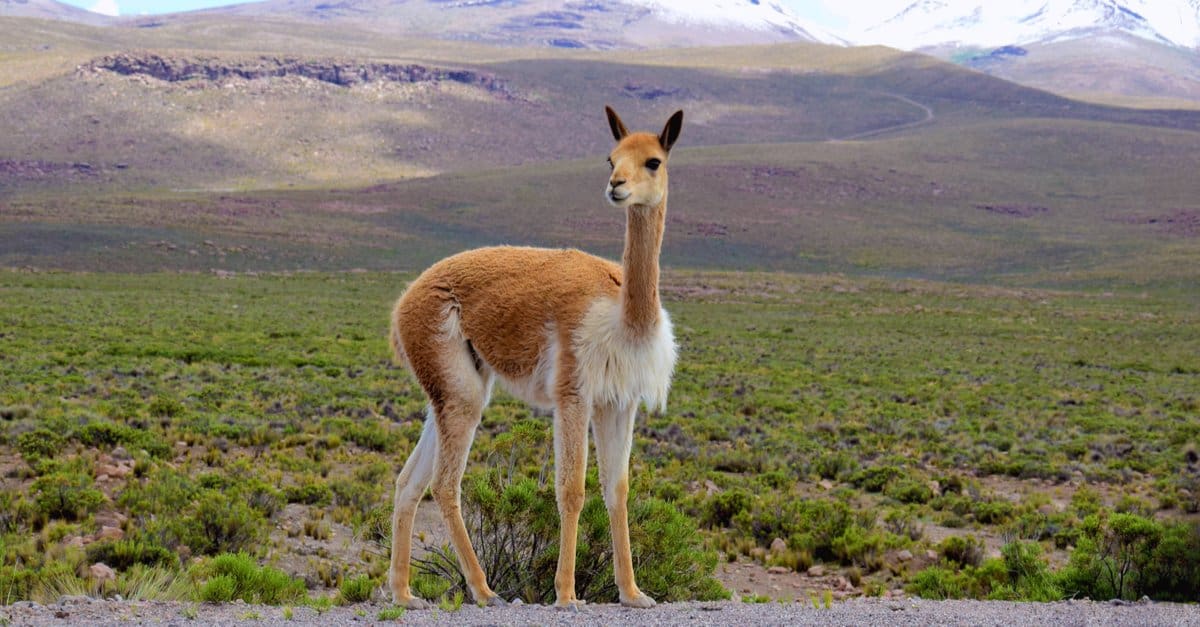
The vicuña is Peru’s national animal.
©alessandro pinto/Shutterstock.com
Peru has more than 20,375 plant species and is first in the world for most butterfly species. They also rank third in the world for the most bird species and fourth for amphibians. There are over 5,700 total vertebrate species in Peru.
4. Colombia
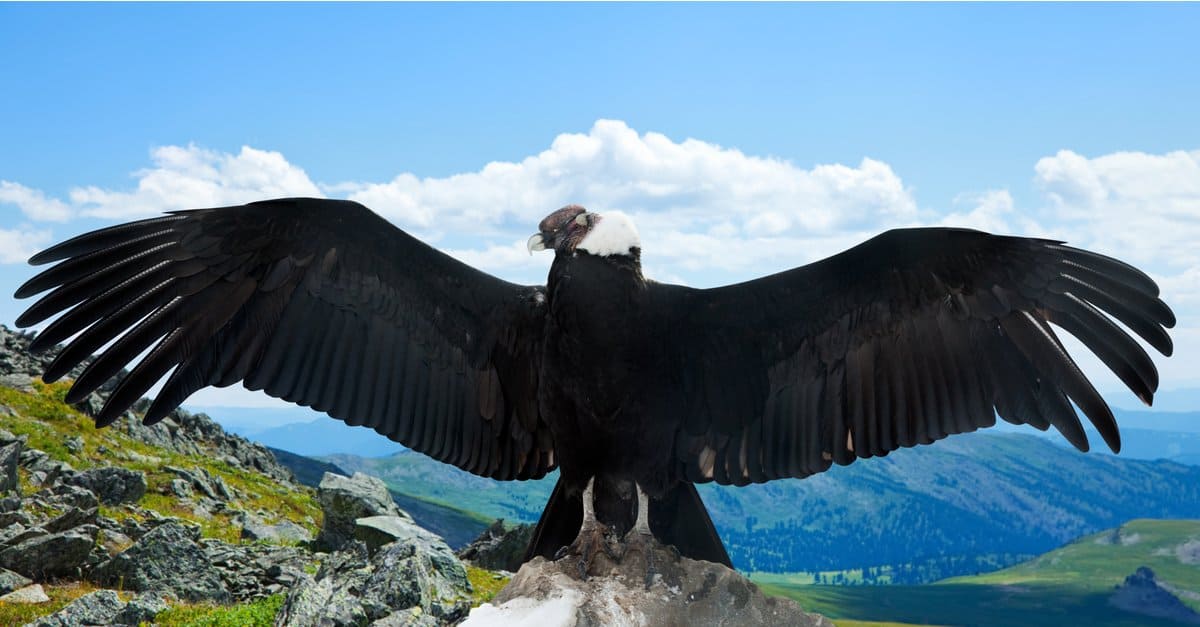
The Andean condor is Colombia’s national bird.
©BearFotos/Shutterstock.com
Colombia has around 10% of the world’s biodiversity. It ranks first in bird diversity, and second in freshwater fish, amphibians, plants, and butterflies. The country has 314 ecosystems.
3. China

All the world’s pandas are owned by China.
Around 38,000 different plant species are part of the country’s nearly 150,000 species and subspecies. With more than 8,100 vertebrate animals and 20% of the world’s fish species, China is diverse on land and in the water.
2. Indonesia

The
Komodo dragon
is Indonesia’s national animal.
©GUDKOV ANDREY/Shutterstock.com
The runner-up for biodiversity, Indonesia is home to a whopping 17% of the world’s biodiversity. While it only makes up 1% of the world’s landmass, it has 12% of the planet’s mammal species and 10% of all known plant species.
1. Brazil

Toco toucan is the largest toucan species.
©SJ Travel Photo and Video/Shutterstock.com
Welcome to Brazil, the world’s most biodiverse country! In Brazil, there are over 130,000 plant, 100,000 insect, 1,600 bird, and 600 mammal species. It is home to nearly 20% of the world’s biodiversity. Brazil encompasses over 60% of the Amazon rainforest and the millions of species that live in it.
The photo featured at the top of this post is © qualtaghvisuals/Shutterstock.com
Thank you for reading! Have some feedback for us? Contact the AZ Animals editorial team.






